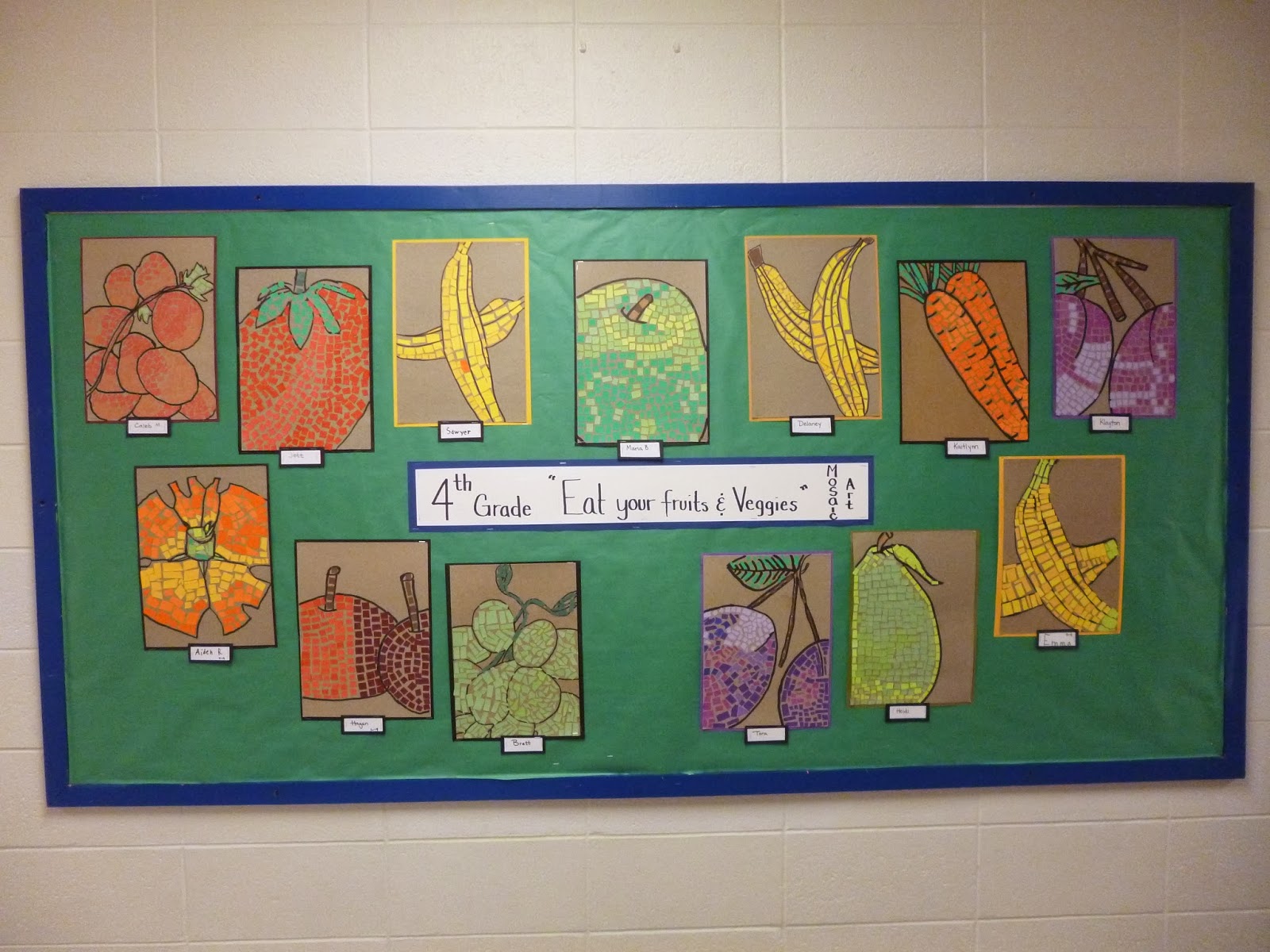Three Part Landscapes With Watercolor Techniques
Dabbing (paper toweling) for the sky, and salt on the mountains.
Tape, students could tear and put it anywhere. Some cut it into strips and made fences like the one above (amazing creativity).
Wet-on-wet (the students above was in the process of adding more colors to the wet area under the mountains.
Last technique was wax resist using crayon. The students could pick whatever technique they wanted to finish the remaining sections after finishing the required sections.
I did a lesson teaching watercolor techniques to high school students when I was student teaching. The students enjoyed painting with different materials than just a brush, water, and paint. As an elementary teacher, I am not teaching high school aged students obviously. I do believe that no matter the age, watercolor techniques can be taught to any age.
Over the summer, I saw a painting on Pintrest painted by a fellow art teacher and blogger ArtwithmrE (http://artwithmre.blogspot.com). The painting down below is the image I pinned and was inspired by for this lesson.
To start the project, we started by talking about a three part landscape with a foreground, middle ground, and background. As a class, we drew our own three part landscape. When we got to the background I allowed the students to pick what type of climate they wished to be in. Some drew large sand dunes for a dessert scene, others drew large pointy and jagged icebergs for an arctic climate, and the rest drew large mountains in the background. Who wouldn't want large mountains in the background of a landscape if you were a student who lived in the great plains. The students added shrubs or trees that went with their climate.
The next class, we started with the watercolor techniques. The sky was an example of dabbing or removing paint when wet with paper towel or cloth. The background region was done using the SALT technique (sea salt worked much better than table salt). The large salt crystals were a big hit with the students. After the salt, I taught the students wet-on-wet and tape-off. I showed them how artist use tape to keep paint off of areas that the artist want to keep white (example birch trees). The students love the wet-on-wet and how the colors spread across the wet paper. Lots of students did the wet-on-wet technique under the background / mountains because of the two hills, which allowed them to do the hills different colors. The last technique was wax resist with crayons. The students experimented with words, symbols, and patterns. Every students final product is different and unique from one another's ... love it!











Have you seen my personal art work? It kind of is like this style.
ReplyDeletehttp://matartshowtededinger.blogspot.com/2010/04/art.html
http://artwithmre.blogspot.com/p/my-art.html